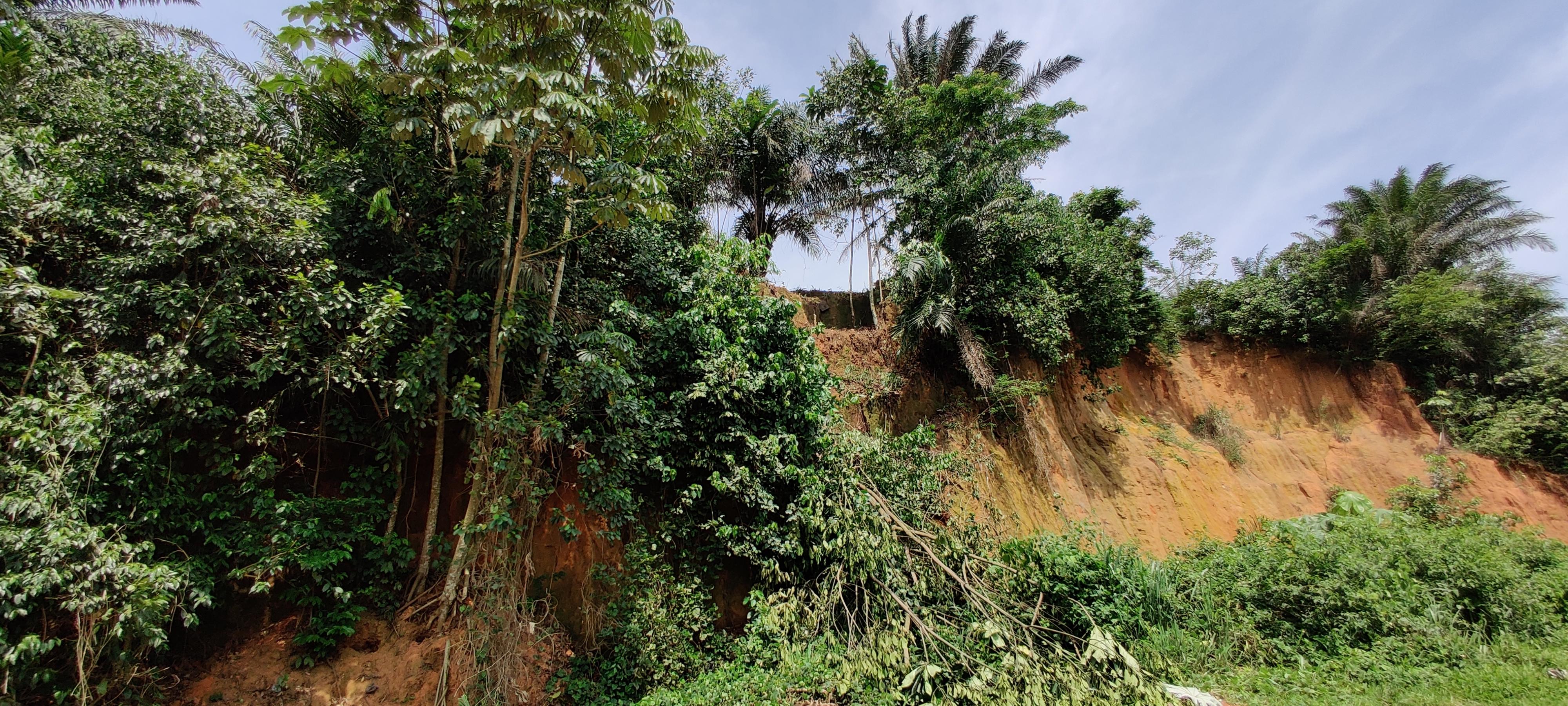Humans were living in rainforests as early as 150,000 years ago, reshaping long-held theories about our species’ history. This revelation challenges the idea that jungles were only inhabited in recent times and suggests that these environments may have played a previously unrecognized role in the human story.
ADVERTISEMENT
In a new study, archaeologists from the Max Planck Institute of Geoanthropology reveal that human groups were living in West Africa’s rainforests much earlier than previously believed.
Until now, the earliest evidence of Homo sapiens in African rainforests dated back just 18,000 years. However, this research pushes that timeline back to an astonishing 150,000 years ago.
“Before our study, the oldest secure evidence for habitation in African rainforests was around 18 thousand years ago and the oldest evidence of rainforest habitation anywhere came from southeast Asia at about 70 thousand years ago,” Dr Eslem Ben Arous, lead study author and researcher at the National Centre for Human Evolution Research (CENIEH), the Max Planck Institute of Geoanthropology, said in a statement.
“This pushes back the oldest known evidence of humans in rainforests by more than double the previously known estimate,” Ben Arous continued.
The researchers focus on Bété I, an archaeological site in present-day Côte d’Ivoire, discovered in the 1980s. The site contains evidence of stone tools and other prehistoric hints of human presence, but initial attempts to date it were unsuccessful, partly due to the unrelenting jungle conditions.

New dating techniques have been applied to this trench at Bété I, an archaeological site in present-day Côte d’Ivoire.
Image credit: Jimbob Blinkhorn, MPG
Now, newly refined methods – including Optically Stimulated Luminescence and Electron-Spin Resonance – have finally enabled archaeologists to establish a definitive date.
ADVERTISEMENT
“We relocated the original trench and were able to re-investigate it using state-of-the-art methods that were not available thirty to forty years ago,” explained Dr James Blinkhorn, study author and researcher at the University of Liverpool and the Max Planck Institute of Geoanthropology.
Early humans were remarkably adaptable, settling in mountains, coastal plains, deserts, tundra, and temperate grasslands, as well as other challenging environments that demanded innovation, resourcefulness, and social cooperation to survive.
However, it was always assumed that ancient rainforests were too inhospitable for human habitation during the Stone Age. These environments are rich in resources, but their intense heat, humidity, dense vegetation, and diverse wildlife pose significant challenges to human life, including disease, predators, difficult navigation, and poor soil.
Despite these hurdles, this new study shows that even jungles were not beyond the ingenuity of humans.
ADVERTISEMENT
“Convergent evidence shows beyond doubt that ecological diversity sits at the heart of our species. This reflects a complex history of population subdivision, in which different populations lived in different regions and habitat types. We now need to ask how these early human niche expansions impacted the plants and animals that shared the same niche-space with humans,” commented Professor Eleanor Scerri, leader of the Human Palaeosystems research group at the Max Planck Institute of Geoanthropology and senior author of the study.
Scerri added: “In other words, how far back does human alteration of pristine natural habitats go?”
The study is published in the journal Nature.
Source Link: Untold Chapter Of Humans Revealed By 150,000-Year-Old Tools In African Rainforest